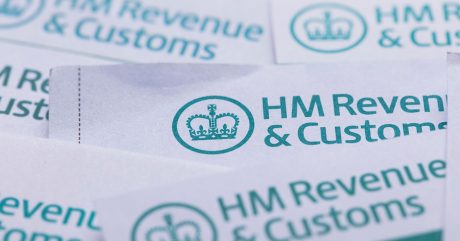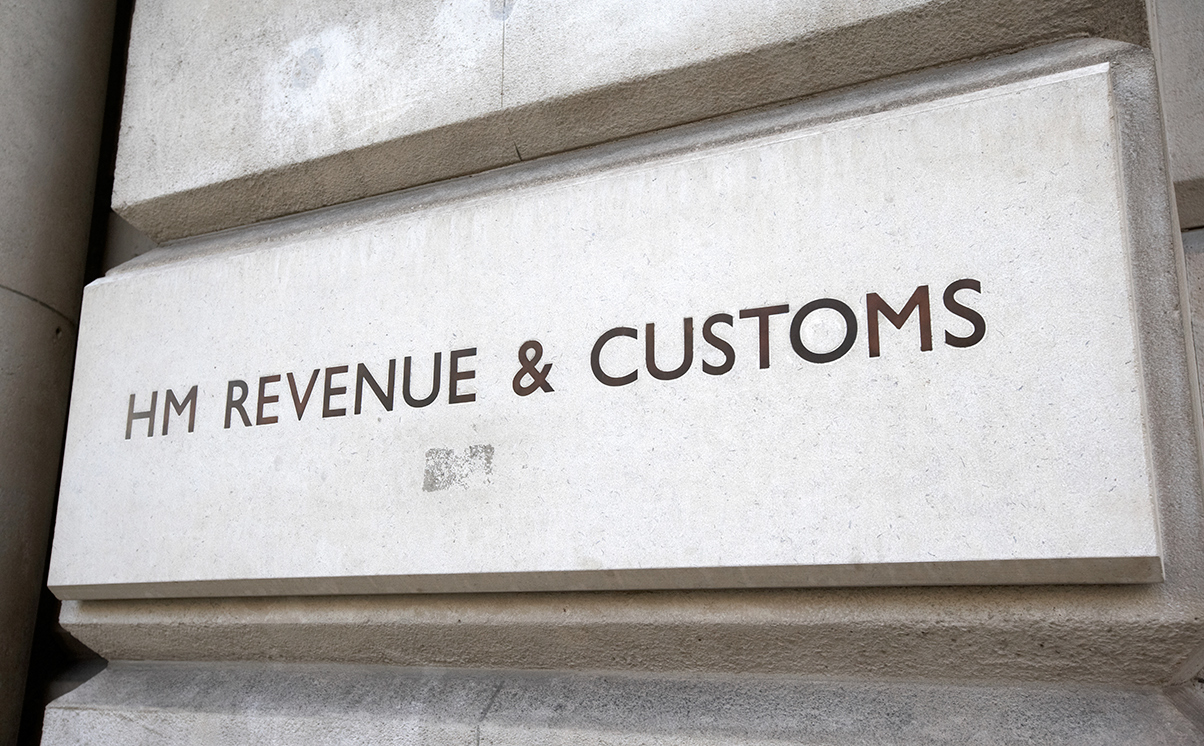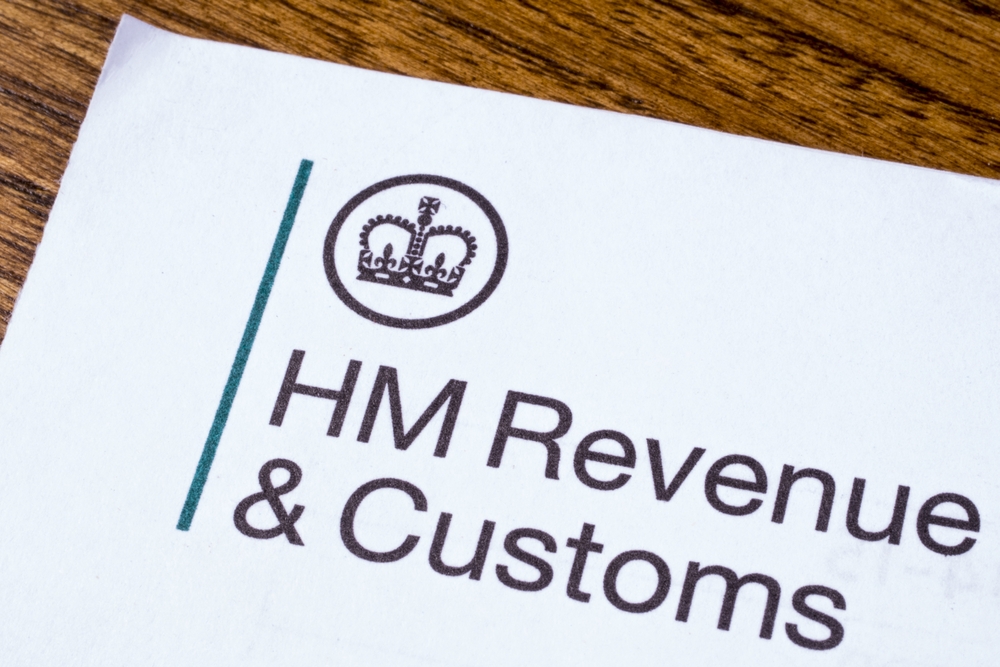HMRC’s assessment powers vary depending on the tax at issue but there are common themes, as outlined by Matthew Greene and Guy Bud in an article published in the 9 February edition of Tax Journal.
Nearly a century ago, Lord Dunedin observed in Whitney v IRC [1926] AC 37 that there were invariably three stages in administering a tax. The first of these – ‘liability’ – was rather abstract in nature and followed ‘the statute which determines what persons in respect of what property are liable’. ‘Assessment’, the second stage, was very different and much more tangible. ‘Liability does not depend on assessment’, he observed. ‘That, ex hypothesi, has already been fixed. But assessment particularizes the exact sum which a person liable has to pay.’ Only once a sum had been assessed would it be possible to move to the third stage: ‘recovery’.
Although not always applicable, Lord Dunedin’s words still provide a helpful way to think about the role and function of an assessment in modern tax administration.
Since the introduction of self-assessment, a taxpayer usually assesses their own liability but individuals and companies can and do, of course, get their calculations wrong. HMRC estimate that nearly a quarter of self-assessment returns contain an under-declaration of tax and that, in about half of these, the under-declaration exceeds £1,000.
HMRC’s ability to assess an errant taxpayer is therefore probably its most fundamental power in the field of tax administration. The precise rules around HMRC’s assessment powers vary depending on the tax at issue but there are common themes. A taxpayer who takes reasonable care in filing their tax return and discloses all relevant facts will generally achieve finality sooner than a taxpayer who makes careless or deliberate errors, does not disclose relevant facts, or fails to file a tax return at all. In this article, we take a high-level look at a few of the key considerations which practitioners needs to bear in mind.
Income tax, capital gains tax and corporation tax
HMRC’s main route to replace a taxpayer’s self-assessment is usually through the enquiry process which is available where an enquiry is properly opened into a taxpayer’s self-assessment return within the 12-month ‘enquiry window’. This statutory mechanism is a kind of built-in sense-check for the self-assessment process and a closure notice strictly amends the taxpayer’s own assessment, rather than re-assessing it; the taxpayer, after all, also generally has the ability to amend their own assessment throughout the same time period.
Once the enquiry window closes, the taxpayer’s assessment stands unless HMRC are able to substitute a new assessment through a subsequent discovery in conditions where the statutory safeguards are met. HMRC bear the burden of showing that it is able to issue a discovery assessment before the burden flips to the taxpayer to rebut the amount of the assessment.
HMRC’s published guidance recognises that there is no statutory basis for ‘protective’ discovery assessments (where the assessment is issued just before expiry of a time limit for doing so). In practice, however, as long as HMRC have met the relatively low threshold for making a discovery (see below), HMRC often issues discovery assessments on the basis of ‘best judgment’ where the time limits are close to expiry, but they will be careful not to describe them as ‘protective’.
Discovery assessment
A discovery assessment requires an officer to ‘discover’ an underpayment of tax. This is not a high barrier. A discovery simply ‘means that the officer “finds”, or “satisfies himself”, or that “it newly appears” to him, that there has been an undercharge; it is not necessary that the officer has discovered some new facts’ (Hargreaves v HMRC [2014] UKUT 395 (TCC)). A discovery cannot become ‘stale’ through delay and inaction and successive discoveries by different officers are also possible (HMRC v Tooth [2021] UKSC 17).
Where a discovery is made for one or more years, HMRC may seek to use the ‘presumption of continuity’ to deduce further discoveries in other years. HMRC’s guidance, nonetheless, clarifies that ‘[t]he presumption of continuity, alone does not justify increases in assessments on its own’ and that definite evidence is needed (HMRC’s Enquiry Manual at EM3236).
If the taxpayer makes an error in their return but this is in line with ‘practice generally prevailing at the time’, they are protected from a discovery assessment (TMA 1970 s 29(2)). HMRC must demonstrate that one or more of the necessary conditions are met in order to issue a discovery assessment:
- a hypothetical officer at HMRC could not reasonably have been expected, on the basis of the information available at the time the enquiry window, or the enquiry itself, closed, to be aware of the underpayment in the return (‘the hypothetical officer condition’); or
- careless or deliberate behaviour by the taxpayer or their agent brought about the underpayment in the return (‘the conduct condition’).
These are important because HMRC have only four years to issue a discovery assessment under the hypothetical officer condition and six years (careless) or twenty years (deliberate) under the conduct condition.
Hypothetical officer condition
The hypothetical officer condition is intended to focus on what was actually in the taxpayer’s tax return for the relevant year. Was enough information provided that HMRC could reasonably have been aware of the underpayment? This often comes down, in practice, to what is included in the ‘white space’ disclosure on the taxpayer’s return.
The hypothetical officer himself is a legal fiction and not specifically the officer making the assessment. He is imbued with reasonable but non-specialist legal, accounting, and practical knowledge and a certain amount of initiative (Pattulo v HMRC [2016] UKUT 270 (TCC)). Although his personal knowledge is relevant, his level of ‘awareness’ comes down mainly to the information disclosed on the taxpayer’s return.
The information needs to have been sufficient to make the hypothetical officer aware of an under-assessment and not simply to have asked further questions (Langham v Veltema [2004] EWCA Civ 193). But it does not need to have been sufficient to resolve every aspect of the underpayment. If both the law and facts are complicated, ‘awareness’ may need an explanation of the law surrounding the facts and the position taken by the taxpayer.
Conduct condition
HMRC have the power to issue discovery assessments for longer periods where an underpayment occurs as a result of an error brought about carelessly or deliberately by the taxpayer or someone acting on their behalf. This terminology replaces the blunter (but arguably more descriptive) language which existed pre-FA 2008 in relation to ‘negligent’ and ‘fraudulent’ conduct. There must be a causal link between the loss of tax and the relevant behaviour.
A taxpayer who has taken reasonable care is not ‘careless’ (TMA 1970 s 118(5)) and is therefore protected from the discovery assessment. The taxpayer’s conduct needs to be considered by reference to a ‘prudent and reasonable taxpayer’ in the same position having regard to all the circumstances of the case (Hicks v HMRC [2020] UKUT 12 (TCC)).
In many cases, the key consideration will be whether the taxpayer sought professional advice from a competent accountant, tax adviser or lawyer. This will often be determinative in its own right. There are naturally limits to how much faith a reasonably diligent taxpayer would put in such advice, especially where the advice seems outlandish or there are reasonable grounds to question the advisor’s competence. HMRC will also want to know whether the adviser was given all of the relevant facts when providing their advice.
Where there are any reasons for doubt though, it is also necessary to take particular care to ensure that the professional’s role was purely advisory in nature. A professional adviser’s own careless or deliberate conduct can be sufficient to meet the relevant condition where that adviser is acting on the taxpayer’s behalf by taking steps that would usually be taken by the taxpayer themselves, such as completing and filing the tax return (Trustees of the Bessie Taube Discretionary Settlement Trust v HMRC [2010] UKFTT 473 (TC)).
The absence of reasonable care is an important attribute in defining carelessness. It is a very expansive catch-all category covering a wide range of conduct from sincere but ultimately unfounded beliefs to lazy corner-cutting and perhaps as far as outright recklessness. Statute also deems an otherwise diligent taxpayer who provides information to HMRC which they subsequently find is inaccurate to be careless if they later fail to take reasonable steps to inform HMRC (TMA 1970 s 118(6)). In some circumstances, there can even be a starting presumption of carelessness as in certain transfer pricing contexts.
Deliberate conduct is, of course, the most contentious category not only because of how far it reduces the safeguards. It occurs where a taxpayer knowingly or intentionally does something which results in a loss of tax. In other words, dishonesty is required. We have important guidance on its scope from the recent case of HMRC v Tooth [2021] UKSC 17 which determined that it required ‘an intention to mislead the Revenue on the part of the taxpayer as to the truth of the relevant statement’. In so doing, it clarified the commonsense position that deliberate inaccuracy requires a statement to be made that is deliberately inaccurate rather than a statement to be made deliberately which was, in fact, inaccurate.
Tooth did leave open the question of whether recklessness might be sufficient to constitute deliberate conduct. In our view, carelessness and deliberate conduct should be seen as entirely separate concepts separated by the issue of the taxpayer’s intention. Importing ‘recklessness’ as a basis for deliberate conduct risks blurring this distinction by treating ‘extreme’ carelessness as deliberate conduct. For deliberate conduct, the taxpayer must have either actual knowledge of the inaccuracy or ‘blind-eye’ knowledge whereby a taxpayer suspects the inaccuracy but deliberately refuses to confirm it (Suttle v HMRC [2023] UKFTT 873 (TC)). The FTT recently expressed doubts as to whether recklessness can amount to deliberate conduct in Collier and another v HMRC [2023] UKFTT 993 (TC).
Other and ‘special’ regimes
Where the taxpayer has failed to file a tax return, HMRC are able to issue a discovery assessment within 20 years unless there is a reasonable excuse for the failure (Hextall v HMRC [2023] UKFTT 390 (TC)). A 20-year time period also applies where the loss of tax is attributable to the taxpayer using an avoidance scheme notifiable under DOTAS where the taxpayer has failed to notify HMRC of their use of the scheme.
Offshore personal tax cases are subject to a specific regime which allows HMRC to bring an assessment within 12 years. This produces a somewhat unfair scenario in which a diligent taxpayer with income or gains from abroad is potentially in a less favourable position than a careless taxpayer whose economic interests are purely domestic.
For more information including on assessments for VAT, SDLT and inheritance tax and challenging assessments, read the article as published in Tax Journal (subscription required).
You can find further information regarding our expertise, experience and team on our Tax Litigation and Resolution page.
If you require assistance from our team, please contact us.
Subscribe – In order to receive our news straight to your inbox, subscribe here. Our newsletters are sent no more than once a month.







